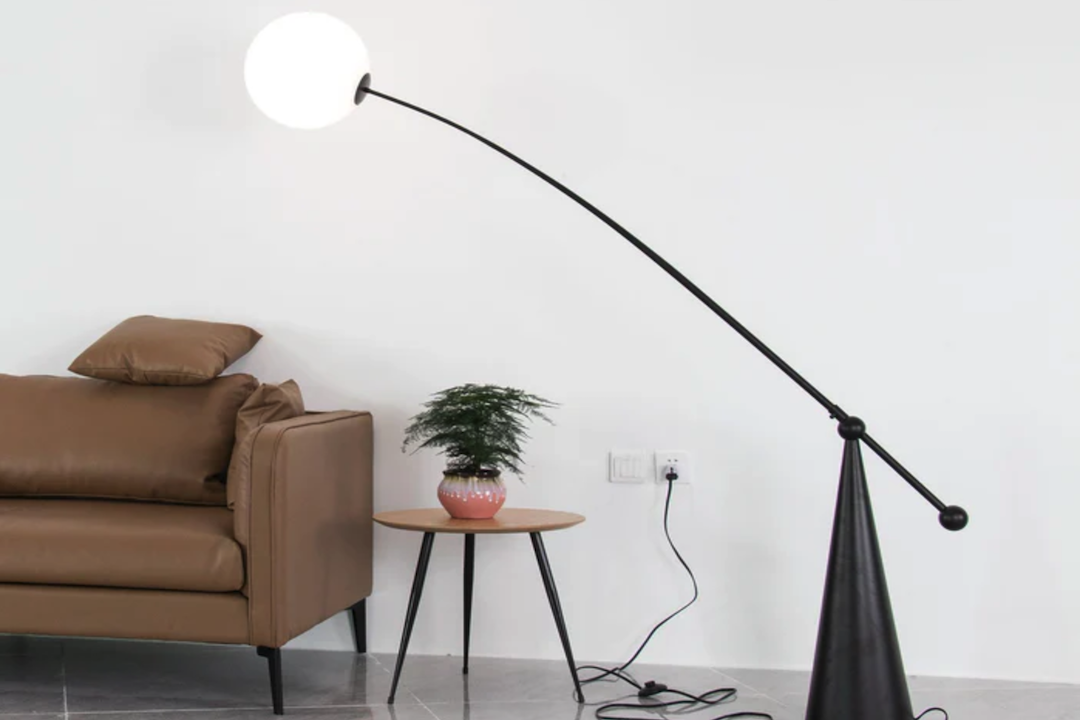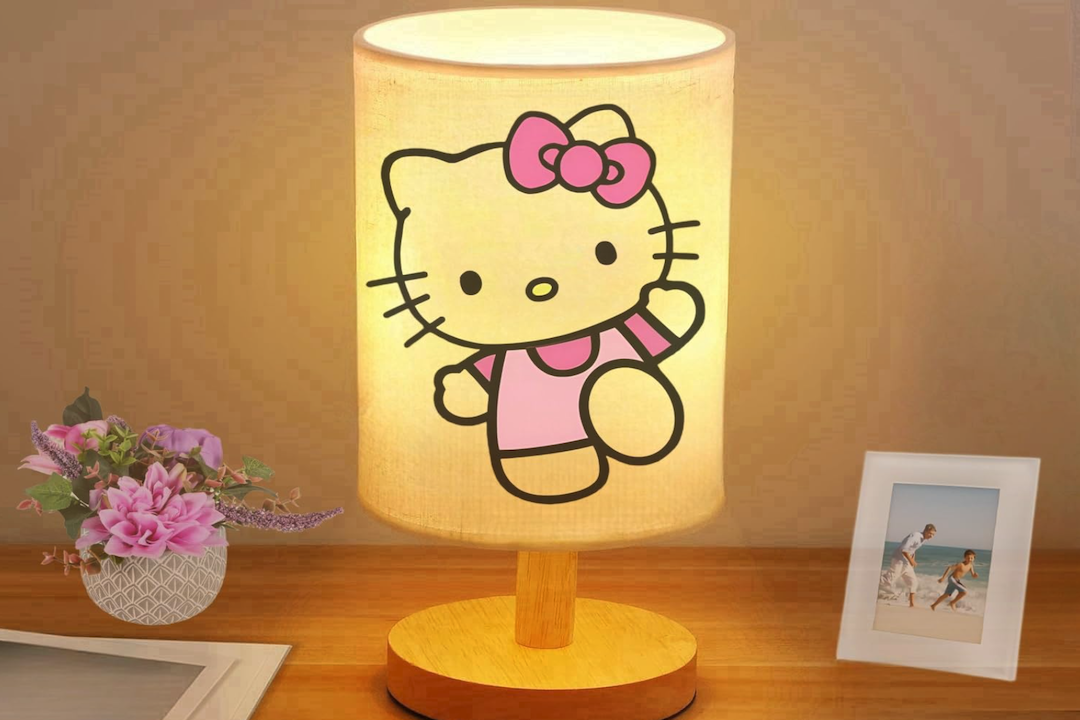Japanese traditional lanterns have been an integral part of Japanese culture for centuries. These lanterns are not only functional but also serve aesthetic purposes, making them a popular choice for decoration and even religious ceremonies. In this article, we will explore the history and unique features of Japanese traditional lanterns.
History of Japanese Traditional Lanterns
Japanese traditional lanterns, also known as chochin, were introduced in Japan during the Edo period (1603-1867). Initially used as a light source, chochin were made of bamboo frames covered in paper or silk. They were lit with candles or oil lamps.
Over time, Japanese craftsmen began to add intricate designs and elaborate patterns to chochin, making them more than just a simple light source. They became highly decorative and desirable items, used for festivals, ceremonies, and special occasions.
Types of Japanese Traditional Lanterns
There are several types of Japanese traditional lanterns, each with its unique features.
Andon
Andon is a type of lantern that originated during the Edo period. It is characterized by its wooden frame and paper shade. The paper shade diffuses the light, giving a warm and soft glow. Andon is often used in Japanese homes and traditional inns.
Bonbori
Bonbori is a type of lantern that is commonly used during Japanese festivals. It is made of bamboo frames covered with silk or cotton fabric. The fabric is often dyed with bright colors and features intricate designs, making them highly decorative.
Chochin
Chochin is the most common type of Japanese traditional lantern. It is made of a bamboo frame covered with washi paper, which is a type of traditional Japanese paper. Chochin can be found in various shapes and sizes, from small handheld lanterns to large hanging lanterns used in festivals and temples.
Uses of Japanese Traditional Lanterns
Japanese traditional lanterns serve various purposes, including decorative, functional, and religious.
Decorative
Japanese traditional lanterns are widely used for decoration purposes. They can be found in Japanese homes, gardens, shops, and restaurants. Their intricate designs and soft glow create a warm and calming ambiance.
Functional
Japanese traditional lanterns are used as a light source in various settings. They can be used in Japanese inns, restaurants, and shops to create a cozy and inviting atmosphere.
Religious
Japanese traditional lanterns are an essential part of Japanese religious ceremonies. They can be found in temples and shrines, where they are used to guide the way for the spirits and represent the light of the Buddha.
The Art of Making Japanese Traditional Lanterns
Japanese traditional lanterns are handmade by skilled craftsmen who have inherited the techniques and knowledge passed down through generations. The process of making Japanese traditional lanterns is time-consuming and requires patience and attention to detail.
Materials
The materials used to make Japanese traditional lanterns are bamboo, washi paper, silk or cotton fabric, and metal fittings.
Process
The process of making Japanese traditional lanterns involves various steps, including:
1. Cutting the bamboo into the desired shape and size
2. Wrapping the bamboo with paper or fabric
3. Gluing or sewing the paper or fabric to the bamboo frame
4. Hand-painting or printing designs on the paper or fabric
5. Attaching metal fittings for hanging, such as wires or chains
6. Adding a light source, such as a candle or bulb
Japanese traditional lanterns are a symbol of Japanese cultural identity and craftsmanship. Their unique designs and soft glow contribute to creating a warm and inviting atmosphere. Whether used for decoration or religious purposes, Japanese traditional lanterns continue to fascinate and attract people from all over the world.











